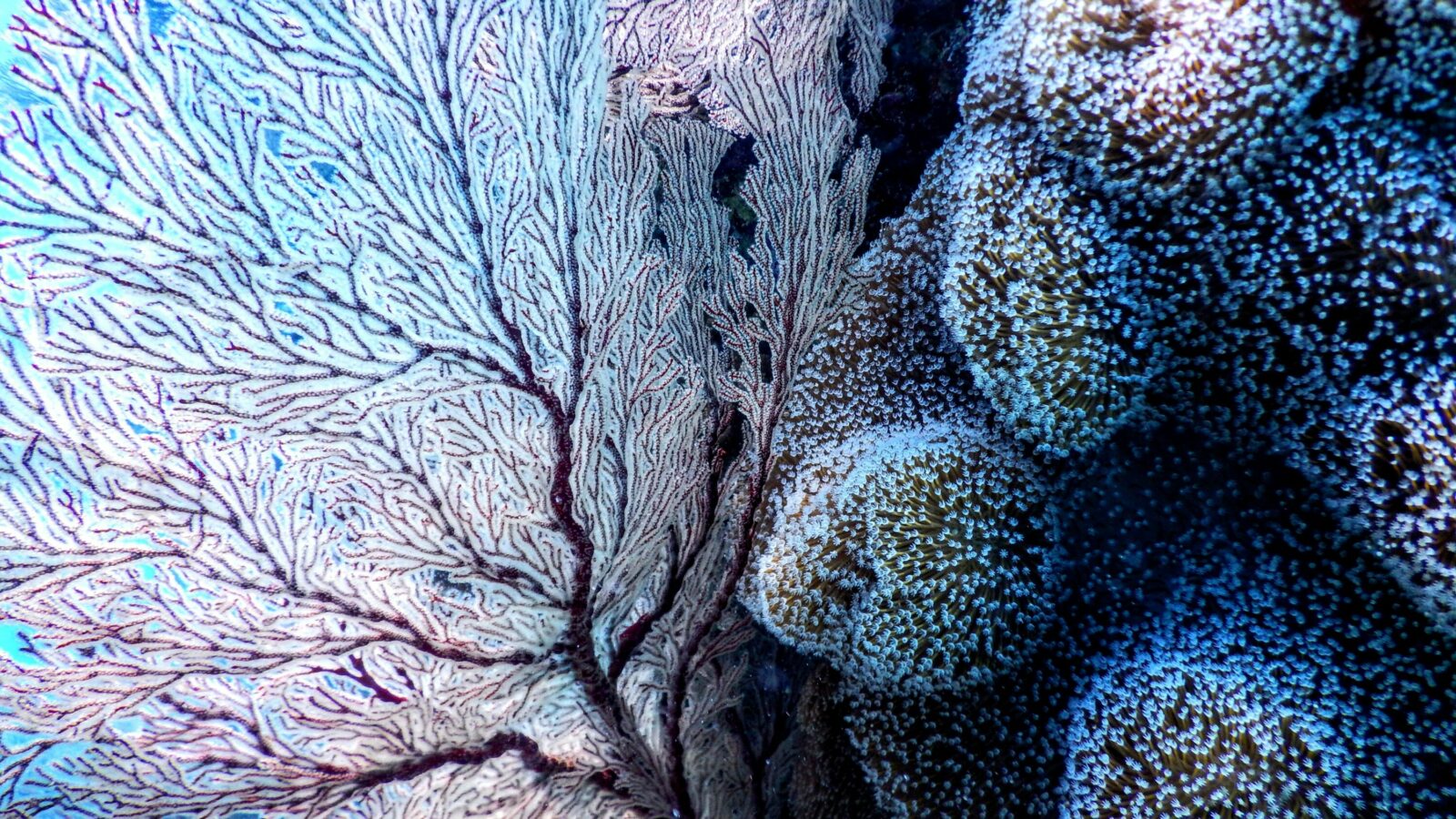Guide
- Faites un clic gauche et faites glisser l'arrière-plan pour déplacer le graphique
- Faites un clic gauche et faites glisser les nœuds pour réorganiser
- Cliquez avec le bouton gauche sur un nœud pour afficher les connexions de premier niveau
- Double-cliquez sur un nœud pour accéder à sa page
- Double-cliquez sur l'arrière-plan pour zoomer
- Faites un clic droit sur l'arrière-plan pour effectuer un zoom arrière
Fermer
sigma.utils.pkg('sigma.canvas.nodes');
sigma.canvas.nodes.image = (function() {
var _cache = {},
_loading = {},
_callbacks = {};
// Return the renderer itself:
var renderer = function(node, context, settings) {
var args = arguments,
prefix = settings('prefix') || '',
size = node[prefix + 'size'],
color = node.color || settings('defaultNodeColor'),
url = node.url;
if (_cache[url]) {
context.save();
// Draw the clipping disc:
context.beginPath();
context.arc(
node[prefix + 'x'],
node[prefix + 'y'],
node[prefix + 'size'],
0,
Math.PI * 2,
true
);
context.closePath();
context.clip();
// Draw the image
context.drawImage(
_cache[url],
node[prefix + 'x'] - size,
node[prefix + 'y'] - size,
2 * size,
2 * size
);
// Quit the "clipping mode":
context.restore();
// Draw the border:
context.beginPath();
context.arc(
node[prefix + 'x'],
node[prefix + 'y'],
node[prefix + 'size'],
0,
Math.PI * 2,
true
);
context.lineWidth = 1;
context.strokeStyle = node.color || settings('defaultNodeColor');
context.stroke();
} else {
sigma.canvas.nodes.image.cache(url);
sigma.canvas.nodes.def.apply(
sigma.canvas.nodes,
args
);
}
};
// Let's add a public method to cache images, to make it possible to
// preload images before the initial rendering:
renderer.cache = function(url, callback) {
if (callback)
_callbacks[url] = callback;
if (_loading[url])
return;
var img = new Image();
img.onload = function() {
_loading[url] = false;
_cache[url] = img;
if (_callbacks[url]) {
_callbacks[url].call(this, img);
delete _callbacks[url];
}
};
_loading[url] = true;
img.src = url;
};
return renderer;
})();
var i,
s,
o,
offset_left = 0.5,
N = 1,
E = 40,
C = 5,
d = 0.5,
cs = [],
g = {
nodes: [],
edges: []
};
if (!sigma.classes.graph.hasMethod('neighbors')){
sigma.classes.graph.addMethod('neighbors', function(nodeId) {
var k,
neighbors = {},
index = this.allNeighborsIndex[nodeId] || {};
for (k in index)
neighbors[k] = this.nodesIndex[k];
return neighbors;
});
}
//adding the central node
g.nodes.push({
id: 4297,
label: 'Laurie Bouffandeau',
type: 'image',
url: '',
x: 0,
y: 0,
size: 30,
color: '#DDDDDD'
});
var biggest_node_size = 0;
N=0
var s = new sigma({
//container: document.getElementById('graph-main'),
graph: g,
renderer: {
// IMPORTANT:
// This works only with the canvas renderer, so the
// renderer type set as "canvas" is necessary here.
container: document.getElementById('graph-main'),
type: 'canvas'
},
settings: {
minNodeSize: 6,
maxNodeSize: 35,
mouseWheelEnabled: false,
font: 'Montserrat',
labelThreshold:25,
borderSize:1,
defaultNodeBorderColor: '#999',
sideMargin:25,
}
});
// We first need to save the original colors of our
// nodes and edges, like this:
s.graph.nodes().forEach(function(n) {
n.originalColor = n.color;
});
s.graph.edges().forEach(function(e) {
e.originalColor = e.color;
});
// When a node is clicked, we check for each node
// if it is a neighbor of the clicked one. If not,
// we set its color as grey, and else, it takes its
// original color.
// We do the same for the edges, and we only keep
// edges that have both extremities colored.
s.bind('clickNode', function(e) {
var nodeId = e.data.node.id,
toKeep = s.graph.neighbors(nodeId);
toKeep[nodeId] = e.data.node;
s.graph.nodes().forEach(function(n) {
if (toKeep[n.id])
n.color = '#35a9f5';
else
n.color = '#dddddd';
});
s.graph.edges().forEach(function(e) {
if (toKeep[e.source] && toKeep[e.target])
e.color = '#35a9f5';
else
e.color = '#dddddd';
});
// Since the data has been modified, we need to
// call the refresh method to make the colors
// update effective.
s.refresh();
});
// When the stage is clicked, we just color each
// node and edge with its original color.
s.bind('clickStage', function(e) {
s.graph.nodes().forEach(function(n) {
n.color = n.originalColor;
});
s.graph.edges().forEach(function(e) {
e.color = e.originalColor;
});
// Same as in the previous event:
s.refresh();
});
s.bind("doubleClickNode", function (e) {
$("#canvas-wrap, .sigma-scene, .sigma-mouse").val();
window.location.href = e.data.node.page_url ;
});
var c = s.camera;
s.bind("rightClickStage", function (e) {
sigma.misc.animation.camera(c, {
ratio: c.ratio * c.settings('zoomingRatio')
}, {
duration: 200
});
});
// Configure the noverlap layout:
var noverlapListener = s.configNoverlap({
nodeMargin: 10,
scaleNodes: 0.3,
gridSize: 1,
easing: 'quadraticInOut', // animation transition function
duration: 4000 // animation duration. Long here for the purposes of this example only
});
// Bind the events:
noverlapListener.bind('start stop interpolate', function(e) {
//console.log(e.type);
if(e.type === 'start') {
//console.time('noverlap');
}
if(e.type === 'interpolate') {
//console.timeEnd('noverlap');
}
});
// Start the layout:
s.startNoverlap();
//s.refresh();
// Initialize the dragNodes plugin:
var dragListener = sigma.plugins.dragNodes(s, s.renderers[0]);
dragListener.bind('startdrag', function(event) {
});
dragListener.bind('drag', function(event) {
});
dragListener.bind('drop', function(event) {
});
dragListener.bind('dragend', function(event) {
});
